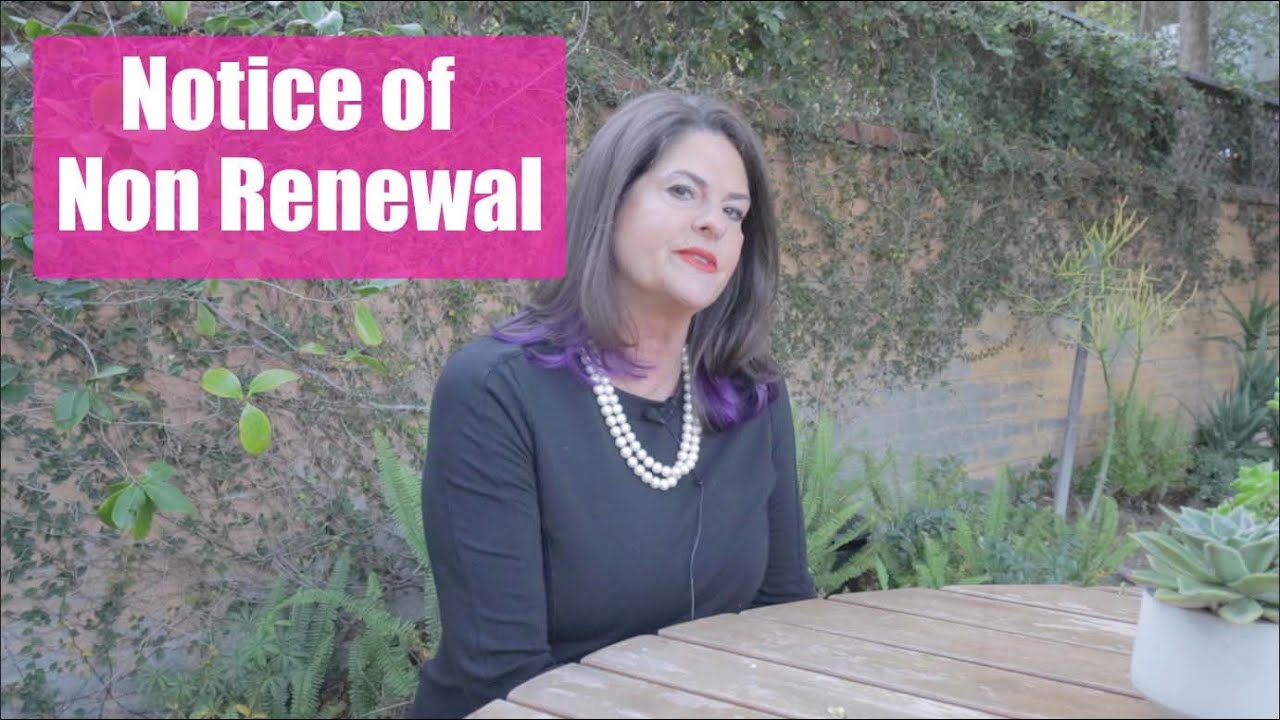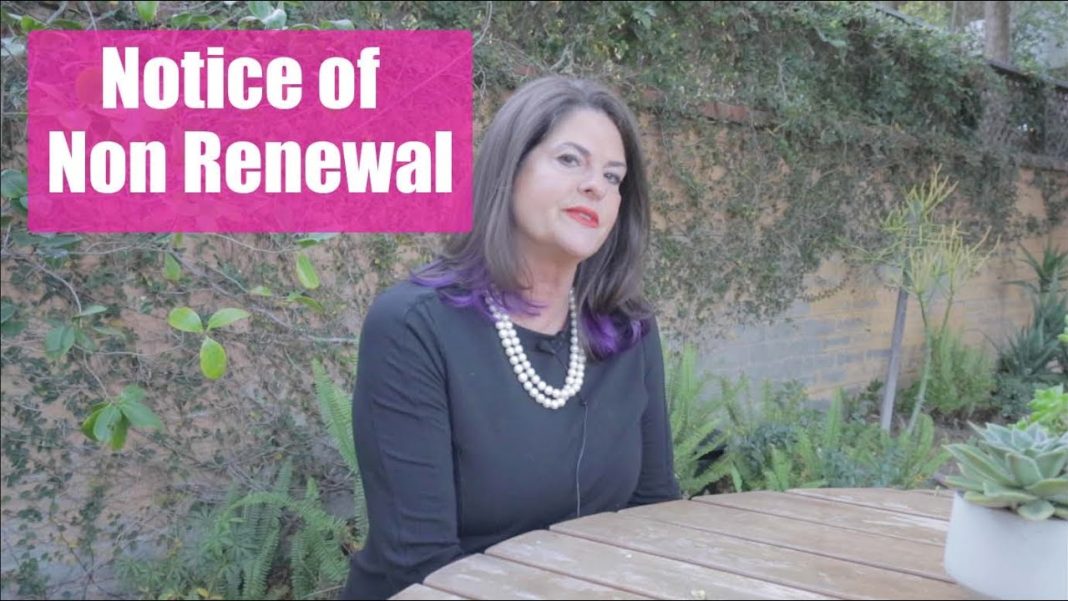 Home insurance premiums have become a burden for many Americans, with a recent survey by LendingTree LLC revealing that over 34% of respondents are struggling to keep up with their payments. Even more concerning, 26% fear that their homes may become uninsurable in the future. The survey, which included over 2,000 U.S. consumers aged 18 to 78, also found that nearly 20% of participants had received non-renewable notices from their insurance companies, leading 8% to opt for going without insurance this year.
Home insurance premiums have become a burden for many Americans, with a recent survey by LendingTree LLC revealing that over 34% of respondents are struggling to keep up with their payments. Even more concerning, 26% fear that their homes may become uninsurable in the future. The survey, which included over 2,000 U.S. consumers aged 18 to 78, also found that nearly 20% of participants had received non-renewable notices from their insurance companies, leading 8% to opt for going without insurance this year.
According to Divya Sangameshwar, Insurance Spokesperson for LendingTree, there are several factors contributing to insurance firms choosing not to renew coverage for certain homes. These factors include rising home prices, the number of claims filed by homeowners, climate change, and increased risks. As a result, homeowners are left feeling overwhelmed and uncertain about their ability to protect their property.
The cost of homeowners insurance varies greatly from state to state. Colorado currently holds the highest average annual rate at $2,900 due to the wildfires and hailstorms that have caused billions of dollars in damages. Following Colorado are Nebraska, Texas, Oklahoma, and Kansas, all with annual premiums over $2,200. On the other end of the spectrum, states such as Wisconsin, Delaware, New Hampshire, Pennsylvania, and Vermont enjoy the lowest average annual home insurance rates, with Vermont having the lowest at just $680.
Aside from state differences, the age and size of a home, as well as the amount of coverage a homeowner purchases, can also affect insurance costs. However, experts predict that prices will continue to rise in the future. Living near the coast has led to unprecedented rate hikes due to storms and flooding. This has made insurance premiums unaffordable for many homeowners, leading them to consider moving.
JoAnne Murray, president of Allan Block Insurance in Tarrytown, New York, has witnessed the escalating costs firsthand. She recently quoted a price of $48,000 a year for a $2 million Long Island residence, up from just $6,000. For a $7 million coastal home in Florida, the premium was quoted at a staggering $340,000 a year, up from $26,000. Murray attributes these rising costs to wind damage caused by hurricanes and tornadoes, as well as trees falling on homes.
Inflation has also played a role in the increasing costs of home insurance. Higher construction material costs mean that repairs or rebuilding will be more expensive and time-consuming. As a result, homeowners may have to stay in hotels or rent for longer periods, adding to the overall cost of their claims.
Insurance companies themselves are not immune to rising costs. Many of them have to buy insurance from reinsurance firms when they reach their claims limit. The number of claims filed has increased, causing the cost of reinsurance to rise. In turn, insurance firms pass this cost along to consumers.
Certain areas of the country, particularly the West, face the additional challenge of wildfires. These disasters further contribute to insurance rate increases. The solution, according to Sangameshwar, lies in updating building codes to address climate disasters and reconsidering building homes in high-risk areas.
When buying a home, potential buyers may need to reconsider certain amenities that can significantly increase insurance costs. For example, having a pool can be a liability and lead to higher premiums. It’s important for homeowners to understand that dropping coverage is not a viable option, as it puts them at risk of significant financial loss and even higher premiums in the future. Instead, utilizing the notice period provided by insurance companies to review, shop around, and negotiate for a new policy is recommended.
Insurance experts suggest that policyholders compare rates to find the most affordable coverage for their needs. However, the survey found that 87% of respondents had not updated or changed their home insurance policy in over a year, and 49% had held onto their current policy for more than 5 years. It’s crucial for homeowners to regularly reassess their policies to ensure they are getting the best coverage at a reasonable price.
In terms of rate increases, 37% of those surveyed experienced a 5 to 10% rise in insurance costs this year, while 24% saw increases of 11 to 30%. As a result, more than 50% of respondents believe that the federal government should intervene and regulate homeowner insurance rates.
JoAnne Murray agrees with the idea of having a federal or state insurance agency available for those who cannot obtain insurance. Florida has already implemented this concept with Citizens Property Insurance Corporation, which offers property insurance to homeowners who cannot find coverage in the private market.
As the insurance landscape continues to change, it’s essential for homebuyers to factor in insurance costs before making any purchasing decisions. The National Association of Realtors® recommends requesting a Comprehensive Loss Underwriting Exchange (CLUE) report to identify potential insurance liabilities in a home. This report provides information on past claims related to water damage, foundation issues, mold, and more. By considering these factors upfront, buyers can avoid unpleasant surprises and make informed decisions about their future homes.
In conclusion, rising home insurance costs are putting a strain on many Americans. Factors such as climate change, increased risks, and inflation contribute to these rising costs. While there is no easy solution, homeowners can mitigate the impact by regularly reassessing their policies, comparing rates, and considering factors like location and amenities. Additionally, government intervention and updated building codes may be necessary to address the challenges posed by climate disasters. By staying informed and proactive, homeowners can navigate the changing insurance landscape with greater confidence.


